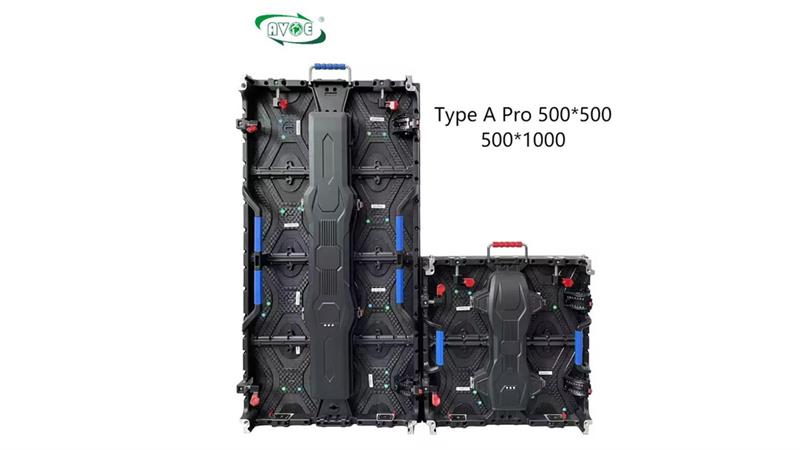What key points should users pay attention to when actually purchasing small pitch LED display?
1. “Low brightness and high gray” is the premise
As a display terminal, the small-space full-color LED display screen should first ensure the comfort of viewing. Therefore, when purchasing, the primary concern is the brightness. Relevant research shows that, in terms of human eye sensitivity, LED, as an active light source, its brightness is twice that of passive light source (projector and LCD). To ensure the comfort of human eyes, the brightness range of small-space full-color LED display can only be between 100 cd/㎡ and 300 cd/㎡. However, in the traditional full-color LED display technology, reducing the brightness of the screen will cause the loss of gray scale, and the loss of gray scale will directly affect the picture quality. Therefore, an important judgment standard of high-quality small-space full-color LED display is to achieve the technical index of “low brightness and high gray”. In the actual purchase, users can follow the principle of “the more brightness levels that can be recognized by the human eye, the better”. Brightness level refers to the brightness level of the image from black to white that can be distinguished by the human eye. The more recognized brightness levels, the greater the gamut space of the display screen, and the greater the potential of displaying rich colors.
2. When selecting point spacing, pay attention to balancing “effect and technology”
Compared with the traditional LED screen, the prominent feature of the small spacing full-color LED screen is the smaller dot spacing. In practical applications, the smaller the point spacing is, the higher the pixel density is, and the more information capacity per unit area can be displayed at one time, the closer the distance suitable for viewing is. On the contrary, the farther the distance suitable for viewing is. Many users naturally think that the smaller the spacing between points of the product, the better. However, this is not the case. Conventional LED screens want to achieve better visual effects and have better viewing sight distance, and so do small-space full-color LED screens. Users can make a simple calculation through the better viewing distance=point spacing/0.3~0.8. For example, the better viewing distance of P2 small spacing LED screen is about 6 meters away. We know that the smaller the dot spacing, the higher the cost of the small spacing full-color LED display. Therefore, in the actual purchase, users should consider their own cost, demand, application range and other factors.
3. When selecting the resolution, pay attention to the matching with “front-end signal transmission equipment”
The smaller the dot spacing of the small pitch full-color LED display, the higher the resolution, and the higher the definition of the picture. In practical operation, if users want to build a better LED display system with small spacing, they should also consider the combination of the screen and front-end signal transmission products while paying attention to the resolution of the screen itself. For example, in the security monitoring application, the front-end monitoring system generally includes D1, H.264, 720P, 1080I, 1080P and other formats of video signals. However, not all small-space full-color LED displays on the market can support the above formats of video signals. Therefore, in order to avoid the waste of resources, users must choose according to their needs when purchasing small-space full-color LED displays, and must not blindly follow the trend.
Post time: Feb-21-2023

